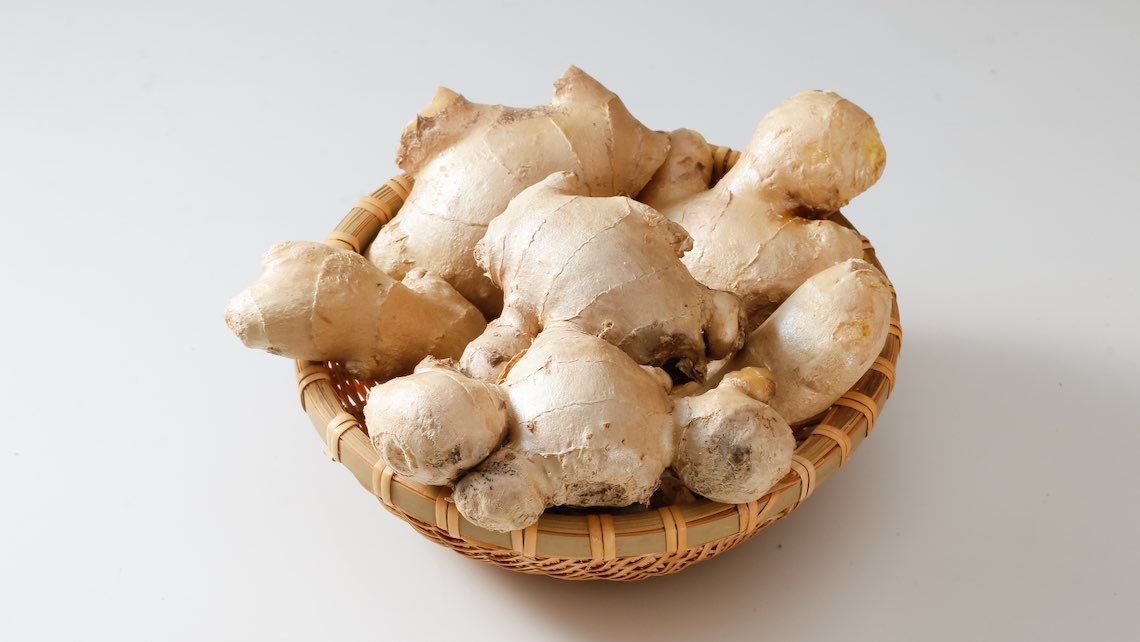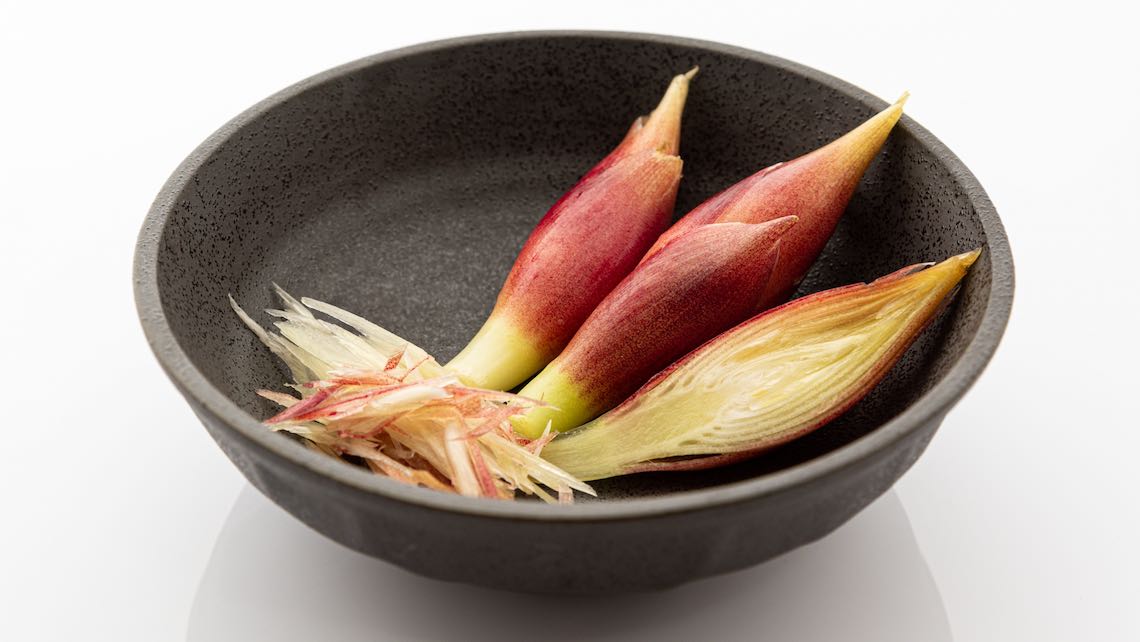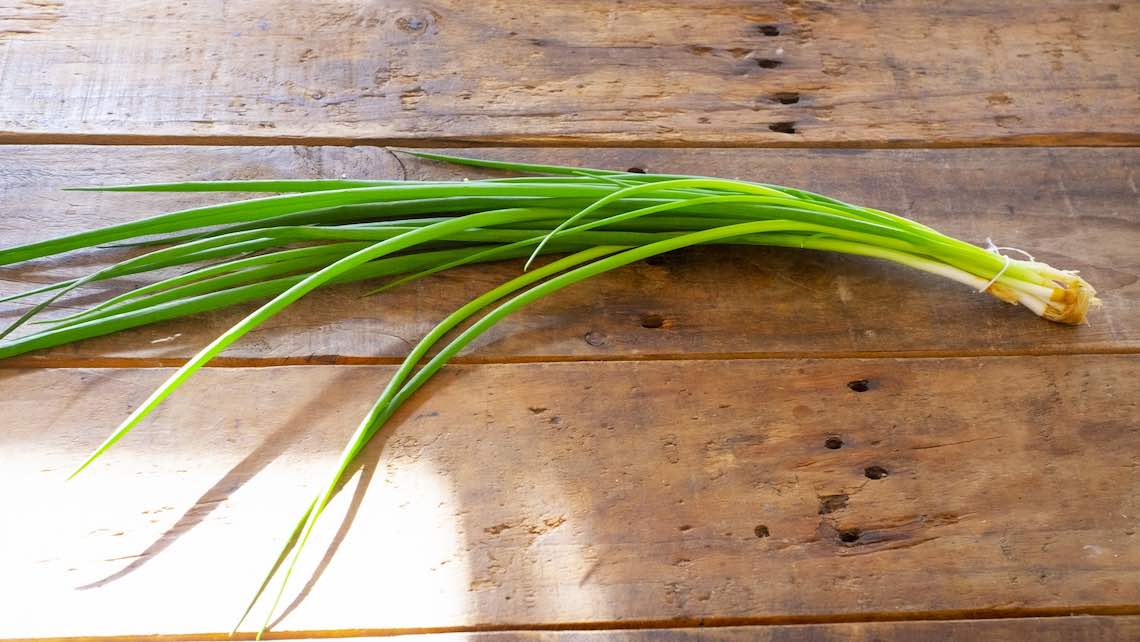Onions [Tamanegi]

Japanese Name and Pronunciation:

[tamanegi]
Onions, known as “tamanegi” in Japanese, play a versatile and essential role in Japanese cuisine. They are widely used as a flavoring ingredient in various dishes, adding depth, sweetness, and aroma to the overall taste profile.
In Japanese cooking, onions are often sauteed or caramelized to bring out their natural sweetness and enhance the savory flavors of a dish. They serve as a foundation for many Japanese soups, stews, and simmered dishes, such as the popular dish called “nikujaga” (meat and potatoes stew), where onions contribute to the rich and savory broth.
Raw onions are also enjoyed in different forms. Thinly sliced raw onions are commonly served as a garnish or topping for dishes like grilled meats, rice bowls, or noodle soups, providing a crisp texture and a refreshing pungency. Pickled onions, called “rakkyo,” are another popular accompaniment, often served as a side dish or condiment to add a tangy and slightly sweet element to a meal.
In Japanese cuisine, various onion varieties are utilized, including yellow onions, red onions, and shallots, depending on the desired flavor and texture. Each type brings its own unique characteristics to the dish, enhancing the overall taste experience.
Whether cooked, raw, or pickled, onions are valued for their ability to impart flavor, balance other ingredients, and contribute to the overall harmony of Japanese dishes. Their versatility and wide range of applications make them a fundamental ingredient in Japanese cuisine, celebrated for their ability to enhance the depth and complexity of flavors.





